One of the most useful tools for planning a story and working with its structure is a beat sheet. It consists of beats – important plot points expressed through action. In this article, we'll look at how to create such a document in Story Architect and how to use it to effectively write scripts.
If you don't already have the Story Architect app or downloaded it a second ago, read the instructions on how to install it, as well as how to log in to your personal account.
You can work with beats either in the treatment or in the script itself. In both cases, the path is approximately the same. Let's consider working in treatment. To get to it, open your project and select the "Treatment" tab in the left sidebar.
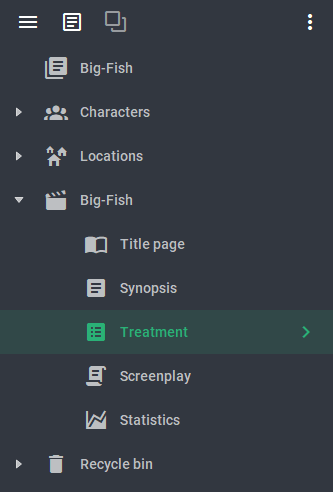
If you don't have a script text yet, this section will be empty, but you can already start creating in it – add a scene title and beats. To do this, just press Enter and move to the next line after the title.

Each beat can be customized in detail. To do this, click on the three dots on the left panel and select "Show scene parameters".
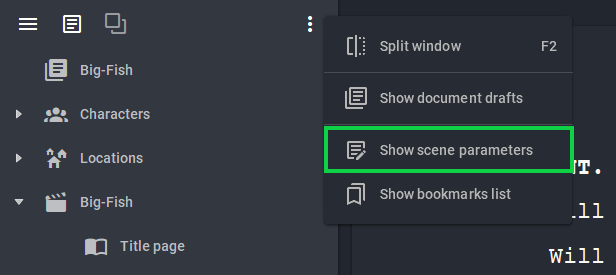
This will open a panel on the right where you can set an alternate scene title, select a color, tags and story day. Scene titles can be useful for working with cards, and they will also be displayed in the project navigation. This way it will be more convenient to navigate than by titles with repetitive locations.
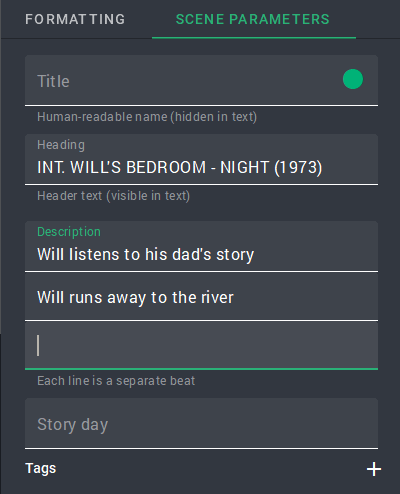
All the same can be done in the "Screenplay" section. If you move there, you will see an icon with a rectangle and two bars in the top menu. By clicking on it, we can either show or hide beats in the script text. This function is convenient because at any moment while working on a scene you can peek into your plan just by making one mouse click.

There is also another option – to spell out the scene text right inside the beats.
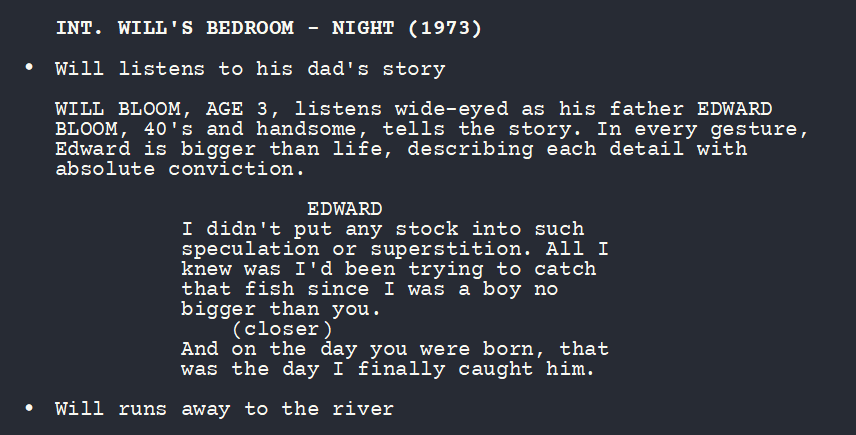
After that, you can go back to the "Treatment" section and click on the arrow next to the title. This is how you get to work with the structure.
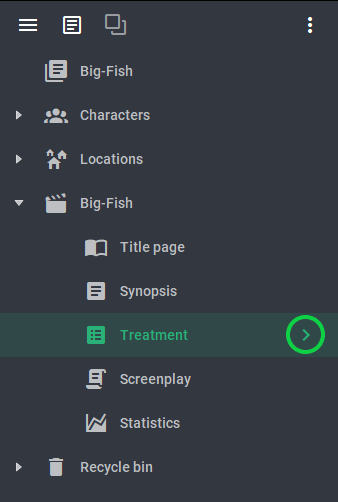
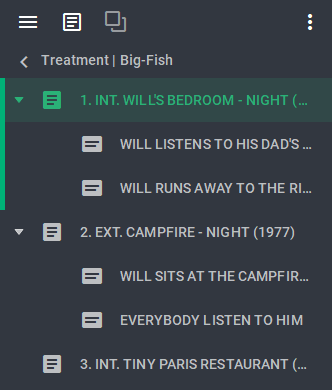
Each beat can be moved to a different place in the story – then the parts of the scenes written inside the beats will move as well.
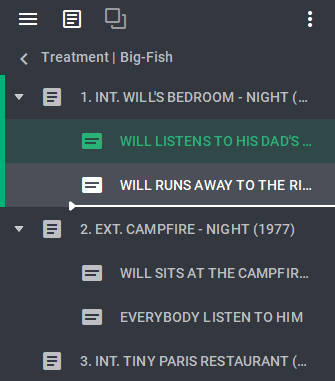
If you go back to the "Screenplay" section, you can see that the parts of the scenes have changed their location.
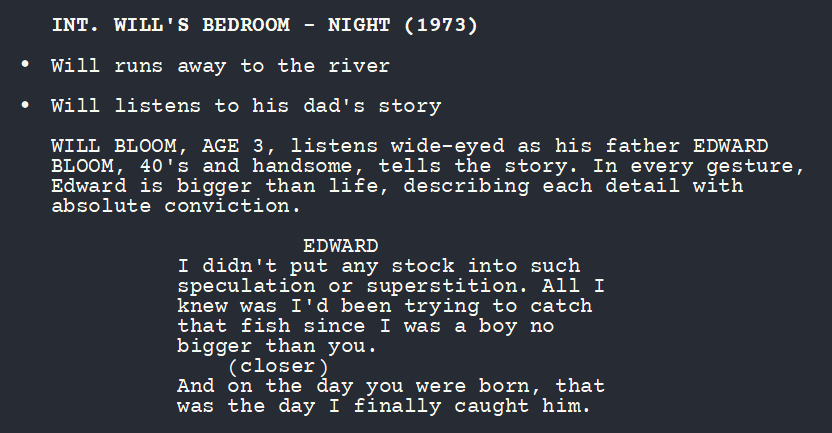
So, using the beat creation tool in Story Architect you can quickly make a comprehensible treatment, as well as conveniently plan each scene. All of this helps you see the heart, the essence of the story without the distraction of character descriptions and lines.